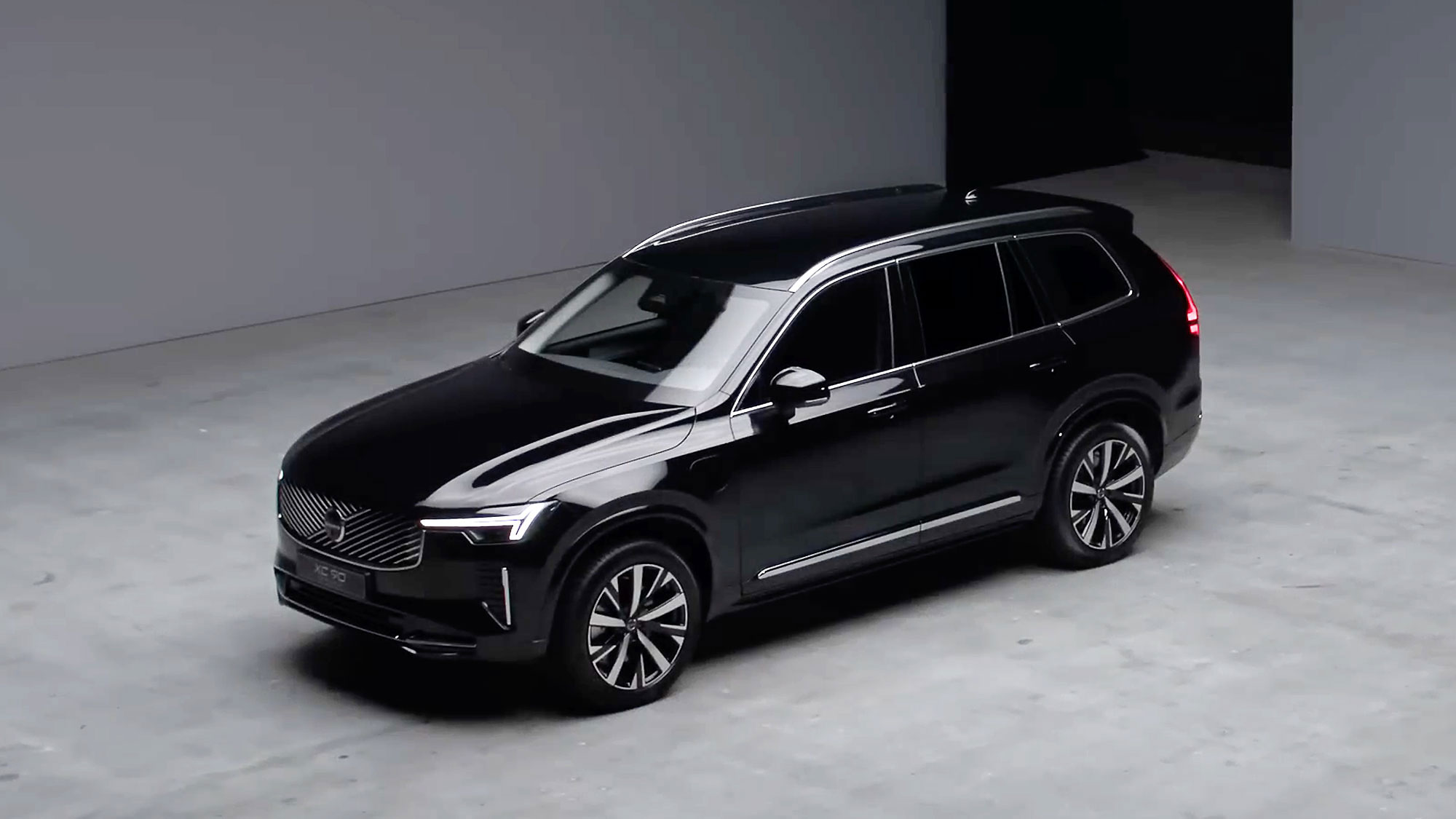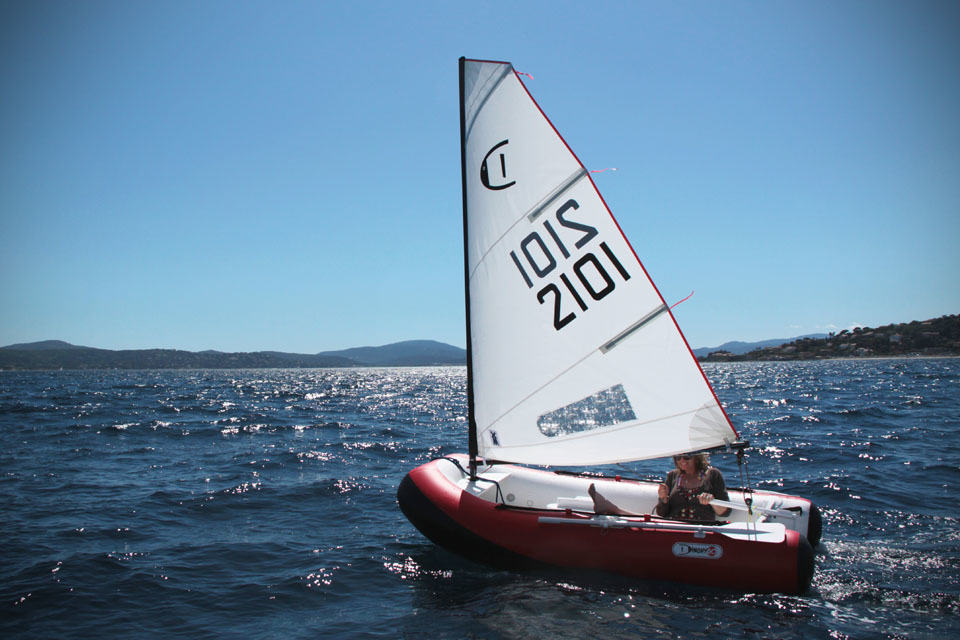American aircraft manufacturer, Sikorsky, best known for its helicopters, is working on a unique unmanned VTOL aircraft for DARPA. This is no ordinary VTOL—it is a novel vertical takeoff and landing uncrewed aerial system with a twin proprotor ‘rotor blown wing’ configuration that sits on its tail to take off and land like a helicopter and transitions to horizontal forward flight.

The Sikorsky rotor blown wing VTOL essentially has an all-wing design with a small fuselage sticking out in the middle, flanked by a pair of rotor engines, and two vertical fins, each with a proprotor. The Lockheed Martin company has advanced to conducting flight tests to mature the control laws and aerodynamics—in addition to proving the efficiency and scalability of the ‘rotor blown wing’ configuration. So, what is a ‘rotor blown wing’? Well, here is what it is from the horse’s mouth:
“The term ‘rotor blown wing’ refers to the constant airflow from the proprotor wash across the wing. Sikorsky chose the design to reduce drag on the wing in hover mode and when transitioning to forward flight, and to increase cruise efficiencies and endurance.”
When on the ground, the ‘rotor blown wing’ VTOL rests on four feet with its nose facing skyward. That would be its take-off position. When it achieves cruising height, it will transition to horizontal forward flight for missions like long-haul intelligence, surveillance, recon, and targeting missions.
The aircraft is part of a DARPA X-Plane program that aims to develop a Class 3 Unmanned Aerial System (UAS) VTOL aircraft that can carry missions in most weather conditions, and take off and land on ship decks and unprepared surfaces without special infrastructure. You may learn more about this intriguing aircraft in the official press release HERE.
Images: Lockheed Martin.
via New Atlas.



